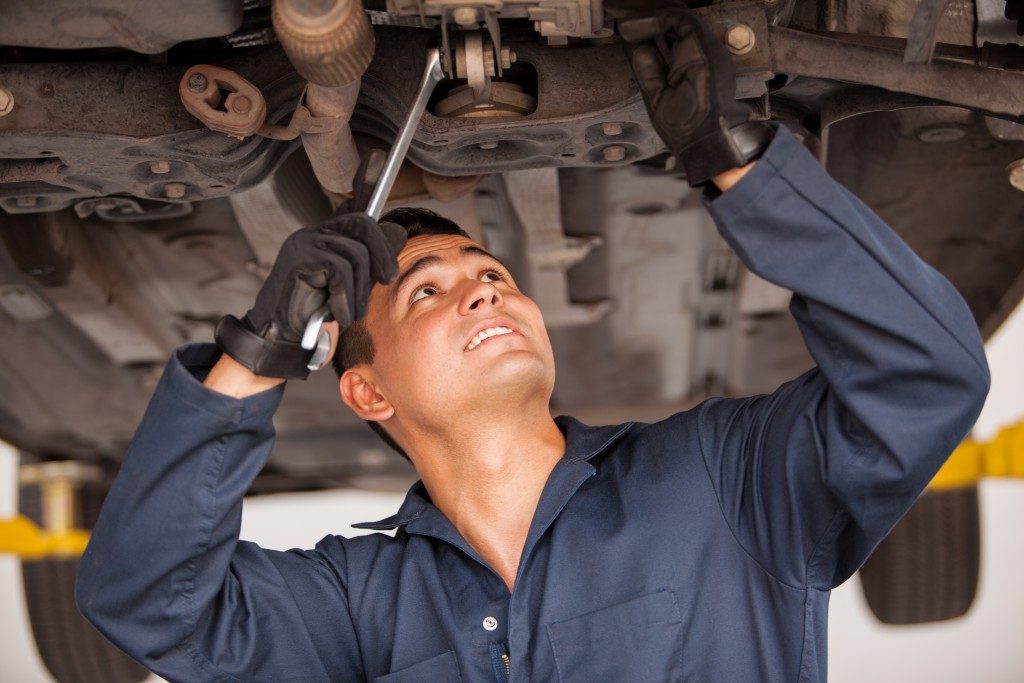PBefore you head out on a trip, especially in autumn or winter, you need to have your car thoroughly checked for roadworthiness. If you are buying a car from dealers specialising in used pickup trucks and SUVs, you can also have everything checked before you make a purchase.
A used car may already have good mileage, but if it has been maintained well and all the parts are working well, you would not have any problems making long trips no matter what the weather is. Here are some tips to help you prepare for a long drive.
Manual – Always check your owner’s car manual before you get started. Follow strictly the manufacturer’s suggested service schedules for your vehicle.
Engine Performance – Check your car engine’s problems at the dealership. Ask about rough idling, stalling, diminishing power, hard start-ups and more. The extreme weather can make these conditions worse. Make sure you replace fuel, air and other filters.
Lights – When you see the lights dimming, replace your burned out bulbs. Check and clean regularly for grime and dirt on your lenses. Use a dry rag to avoid scratching when cleaning it.
Exhaust System – For this purpose, place your car on a lift and check the exhaust for any leaks. The floorboards and trunk must be inspected for any holes. Remember, the exhaust fumes can be deadly.
Fuel – Place a bottle of fuel de-icer in the tank about once every month to help preclude moisture from further freezing in the fuel line. A gas tank that is filled up will also help prevent any moisture development.
Oil – Make sure you change your car oil and filter every 3,000 miles or as specified on the vehicle’s manual. This is useful if your driving consists of short trips or stop and go.
Battery – You can check a weak battery by using professional tools and equipment. For routine maintenance, you can scrape the corrosion found on the cable connections, posts, and clean all surfaces. Make sure to re-tighten the connections and check the fluid level every month. Remember that the removal of the cables can cause loss or damage of data for some vehicles. Check your manual before you do so and avoid contact with battery acid and other corrosive matter. Wear eye and hand protection at all times.
Tires – Worn-out tires will be useless during the cold weather months. Check the tires for tread life, cupping and uneven wear. Check their pressure each month and let them cool down before you do so. Rotate your tires as may be recommended. Do not forget the spare tire and be sure that your car jack is in perfect condition.
Cooling System – Your vehicle’s cooling system must be refilled and flushed as often as recommended. The level, concentration and condition of the coolant must always be checked regularly. Never remove the radiator cap until such time that the engine has finally cooled down.
Heater or Defroster – Make sure that the defroster and heater are in good working condition for the driver’s visibility and the comfort of all your passengers.

Bring a map, extra chargers and a working GPS system to help you navigate. For any emergency, make sure you have blankets, gloves, boots, flare, tire chains, flashlight, mobile phone, a small shovel, a whistle, and some high energy snacks and drinks to keep you hydrated.
Travelling long distances in the cold is no joke, so it is best to have yourself and your car ready.



